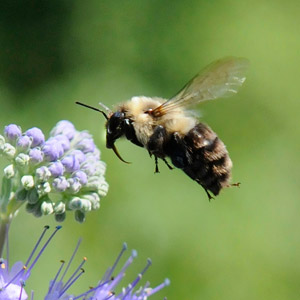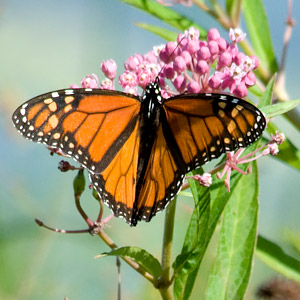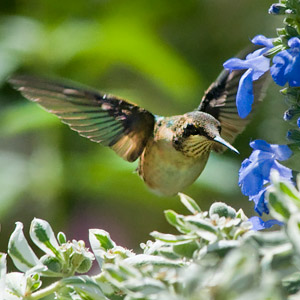Smart gardeners know that it's the presence of pollinators—the bees, butterflies, moths, beetles, flies, and other insects (plus hummingbirds)—that makes the difference in the health, fertility, and productivity of wild plants, food plants, and landscape plants alike. Not only do plants depend on them, but our pollinator friends are responsible for 70 percent of the food we eat. Recent news about the die-off in honey bee colonies and the decline in monarch populations makes the issue of pollinator awareness an important one for all.
At the Garden, colorful flowers are pollinated by bees, butterflies, and hummingbirds.
How You Can Help Pollinators
- Plant native pollinator plants.
- Create nesting habitat.
- Avoid using pesticides.
- Support land conservation efforts.
- Spread the word about pollinator declines.
- Become a citizen scientist, join Budburst.




